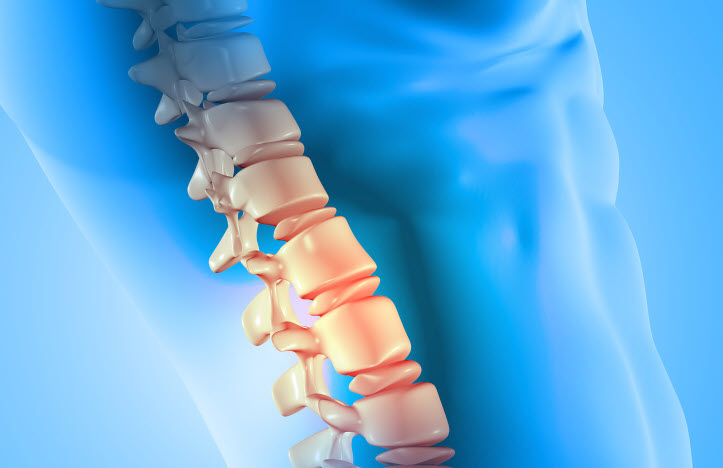This spinal condition with a long name has to do with damage to your vertebrae, the bones that make up your spine. It can be uncomfortable and annoying, but the good news is that it is not a dangerous condition. Spine surgeon Dr. Charla Fischer in New York City has much experience in successfully treating patients with spondylolisthesis.
Types
There are two primary types of spondylolisthesis:
- Degenerative – occurs when the spine wears down over time. It doesn’t happen to everyone and there is a variation in ages when it does appear. Experts say it is a random condition.
- Isthmic – occurs when you break a vertebrae, either from trauma to the body or an inherent weak area in the bone. The specific bones that have isthmic spondylolisthesis differs, although it is more common in the lower spine. Many patients with this type of spondylolisthesis do not even experience symptoms.
Symptoms
If a patient does have back pain related to spondylolisthesis , it is most often with the degenerative type. The most common symptom is leg pain when standing or walking for extended periods. Spondylolisthesis may also cause lower back pain.
Diagnosis
Patients with degenerative spondylolisthesis are typically the ones with symptoms who see a physician like Dr. Fischer and end up receiving a diagnosis through imaging tests such as an X-ray or MRI. If a patient is diagnosed with isthmic spondylolisthesis, it is often simply the result of getting an X-ray for a different reason and the spinal condition is identified in the process.
Treatment
Since spondylolisthesis is not dangerous and sometimes does not present symptoms, some patients do not pursue treatment at all. If back or leg pain occurs and is bothersome, schedule an appointment with Dr. Fischer to discuss treatment options. There are a number of successful conservative treatments for spondylolisthesis including pain medications, heat or ice therapy, physical therapy or weight loss. If these treatments aren’t sufficient, surgery such as spinal fusion or decompression may be advised. Surgery is usually very successful in spondylolisthesis patients, but is performed only after less invasive measures have been tried.

